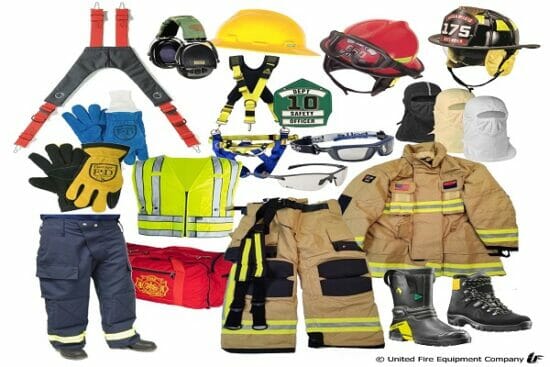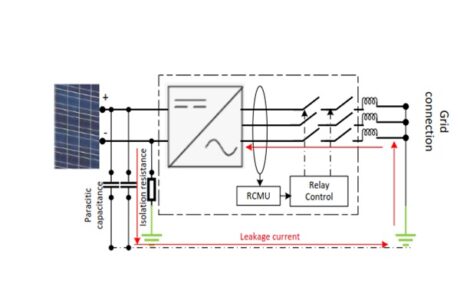- Course No E – 1795
- PDH Units: 2
No data found for Custom Course Number
No data found for Custom Course Units
- Course No E – 1795
- PDH Units: 2
Intended Audience: All Engineers
PDH UNITS: 2
The best way to avoid dangerous working conditions is to engineer them out of the workplace or to establish rules that keep employees from committing risky job practices. But sometimes, there is simply no way for a worker to avoid working in a dangerous atmosphere, entering a loud environment, or being exposed to other conditions that could cause an occupational injury or illness. At those times, a worker must depend on personal protective equipment. This guide explains how to determine what PPE is needed in a typical workplace and then looks at many different types of equipment. Various hazards exist in every workplace: sharp edges, falling objects, flying sparks, chemicals, noise and countless other potentially dangerous situations. OSHA requires that employers protect their employees from workplace hazards that can cause injury. Controlling a hazard at its source is the best way to protect employees. Depending on the situation, the employer may be required to use engineering or work practice controls first to manage or eliminate hazards. For example, building a barrier between the hazard and the employees is an engineering control; changing the way in which employees perform their work is a work practice control. When engineering, work practice and administrative controls do not or cannot provide sufficient protection, employers must provide personal protective equipment to their employees and ensure its use. Personal protective equipment, commonly referred to as “PPE,” is equipment worn to minimize exposure to a variety of hazards. Examples of PPE include such items as gloves, foot and eye protection, protective hearing devices (earplugs, muffs), hard hats, respirators and full body suits. The information in this guide is general in nature and does not address all workplace hazards or PPE requirements. Respiratory protection Is covered briefly here and more thoroughly in a separate course. The information, methods and procedures in this guide are based on the requirements for PPE as set forth in various versions of the Code of Federal Regulations (CFR’s). If material in this course is found to conflict with a CFR or other regulation, then the regulation should be followed.
Learning Objectives
Upon completion of the course, the student should understand:- Understand the types of PPE
- Know the basics of conducting a “hazard assessment” of the workplace
- Select appropriate PPE for a variety of circumstances
- Understand what kind of training needed in the proper use and care of PPE
Once completed, your order and certificate of completion will be available in your profile when you’re logged in to the site.










